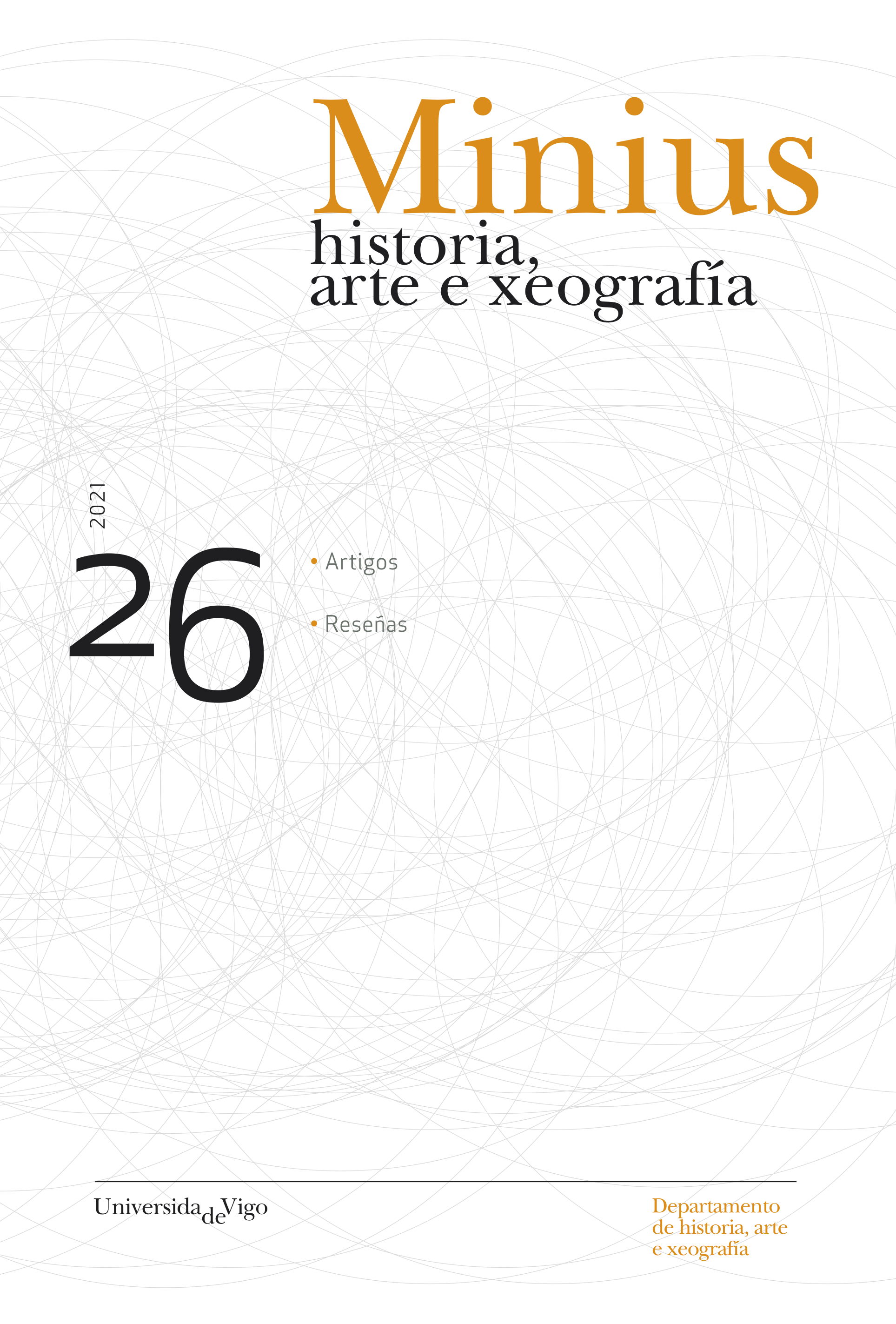Transport infraestructure policy in Galicia: the investor experience 40 years after its Autonomy Statute
DOI:
https://doi.org/10.35869/mns.v0i26.3931Keywords:
Investment policy, infraestructures, crowding-in, crowding-out, accesibility, connectivity, trans-European transport networks, spillover effectAbstract
The transport infrastructure policy in Galicia has undergone significant progress thanks to the development of basic legislation and the transfer of powers to the Autonomous Communities. The approval of the Spanish Constitution of 1978 made possible the Territorial Organization of the State, based on the established in Title VIII of our Normarum Standard: the exclusive powers of the Central Administration were provided, as well as the powers to be transferred to the future territorial bodies of the Autonomous Communities. In this line, the approval of the Statute of Autonomy of Galicia opened “A door” to the ordering of the infrastructure policy in Galicia, due to the assumption of exclusive powers over transport infrastructures that contribute to the intraregional development of the Galician territory. The regulation of the transport and communications infrastructure policy experienced an important advance once the Transfers Decree 156/1982 was enacted. In it, the transfer of competence of numerous transport infrastructures was made effective. The progress of the policy of the Autonomous Region of Galicia gave rise to the laying of the foundations for the organization and articulation of the territory. However, the planning proposals in Galicia have given rise to many shadow points, which led to a process of slowing down infrastructural development in the regional territory.



